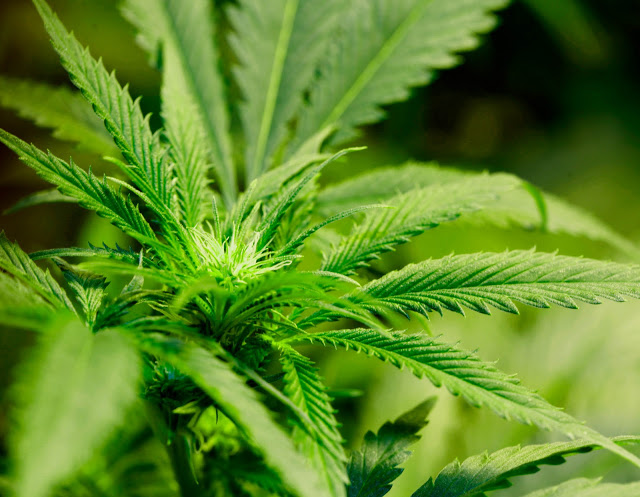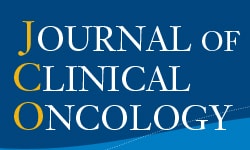
“Nowadays, medicinal cannabis (Cannabis sativa L) is in the focus of the researches not only for its high content of tetrahydrocannabinol (THC), but for other cannabinoids as well.
It has been reported that some of the identified substances (e.g. cannabidiol, cannabinochromene) possess anti-inflammatory and antimicrobial properties, which corresponds to its traditional use as wound healing agent at Pakistan.
The aim of this study was to evaluate antimicrobial and antioxidant ability of extracts from high potent Cannabis sativa chemotypes.
The six ethanolic extracts prepared from dried inflorescence of five medicinal cannabis chemotypes (Nurse Jackie, Jilly Bean, Nordle, Jack Cleaner, Conspiracy Kush) were tested by standard microdilution method against Staphylococcus aureus (three strains), Streptococcus pyogenes and the yeast Candida albicans.
Those microbial strains are present on skin and can cause complication during wound healing process.
The antioxidative activity, which plays an important role in wound healing process, was tested by oxygen radical absorbance capacity test (ORAC).
All tested extracts demonstrated high antimicrobial activity against two strains of S. aureus and S. pyogenes (MIC ranged from 4 – 16 µg·mL-1), moreover high antioxidant capacity was observed (ORAC ranged from 800 – 1300 µg TE/mg of extract).
The results indicate that cannabis has high potential to be used in ointments and other material for wound healing.
However, further research on the identification of the active components is needed.”
https://www.thieme-connect.com/DOI/DOI?10.1055/s-0036-1596302












